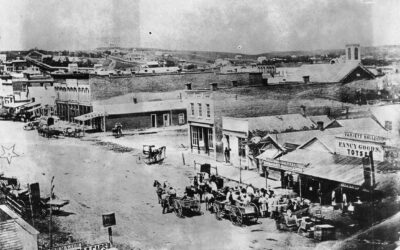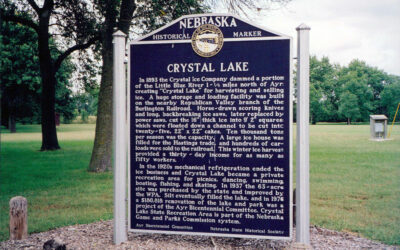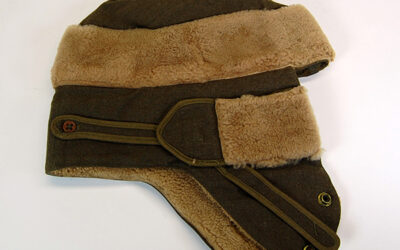Omaha’s Labor Day parade of 1894 was a “wonderfully successful affair, and was viewed from railings, steps, windows and sidewalks by fully 30,000 people,” according to the Omaha World-Herald of September 4, 1894. “A careful estimate of the number of men in line places the figures at fully 3,000.”
“The three orators of the day, Thomas I. Kidd of Chicago, Sidney J. Kent of Lincoln and D. Clem Deaver, and Julius Meyer of the Central Labor union rode in a prominent place in the line. Omaha Central Labor union, eighty strong, the central representative body of labor, marched four abreast with S. P. Smith in the lead as color bearer and C. L. Newstrom as marshall.”
Descriptions followed of each union’s representatives in the parade-their costumes, banners, and general appearance. Seventy cigar makers marched in white shirts with red rose boutonnieres. Brickmakers, “all attired in white shirts and trousers,” carried a “gift banner of last winter’s international convention at this city.” Plumbers and steam and gas fitters had a group photograph taken before joining the parade.
Several unions attracted special attention. Each of forty marching electrical workers “had a small storage battery in his pocket with wires connecting with a frame upon which there were thirty various colored globes and several alarm bells.” The Tin, Sheet Iron, and Cornice Makers’ Union No. 3 sported “real stovepipe hats of galvanized and polished tin, and canes and the men marched along in a jaunty manner.” The horseshoers’ union “had a novel exhibition in their wagon, on which M. Conley and A. Mason were stationed, turning out shoes.” Their section of the parade also featured a decorated wagon with a genuine anvil chorus, keeping time with a South Omaha band which followed. (Five other bands also provided music for parade participants and spectators.)
Besides laboring men, the parade also included “city and county officials [who] turned out to express themselves as well pleased with the men of brawn who elected them to their respective positions.” Omaha sales clerks and business advertisers “formed the finishing touch in a way which indicated their sympathy with the Labor day movement and demonstrated the extent and strength of their forces. All sorts of floats, wagons, carriages and vehicles were in line, representing almost every imaginable article of domestic consumption. . . . and the statesman, politician, pretty girls, mothers, city dads and dudes, and the clerks and salesmen were glad that they were in it at the finish.”



